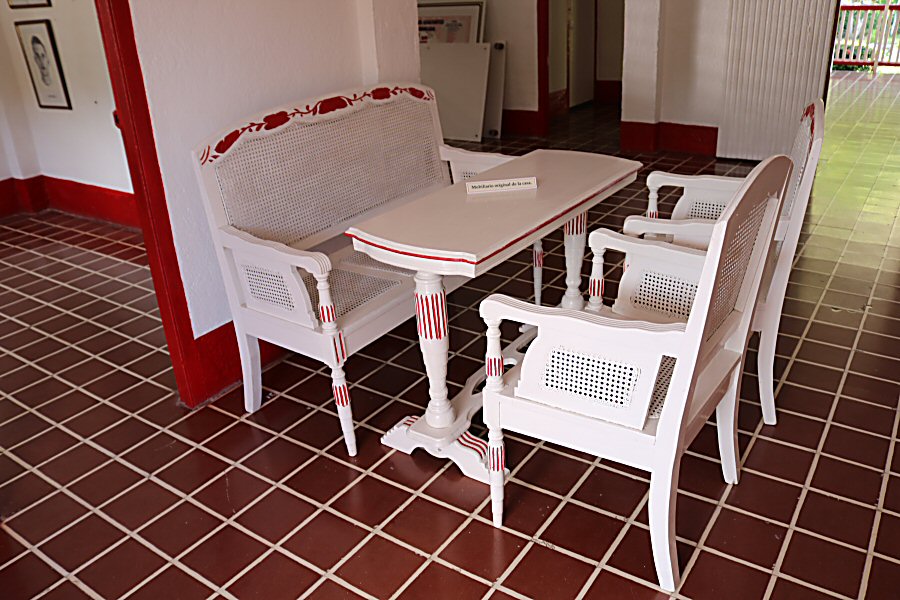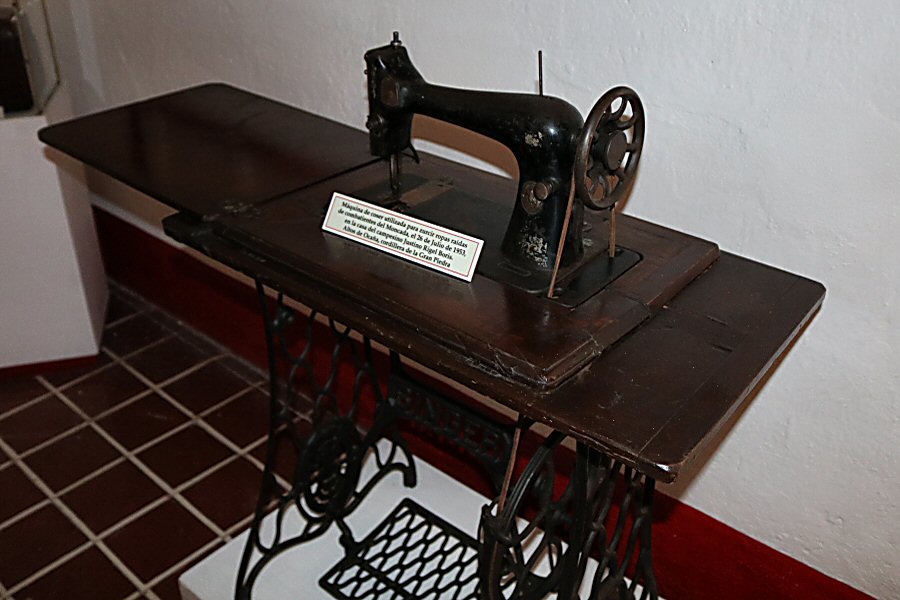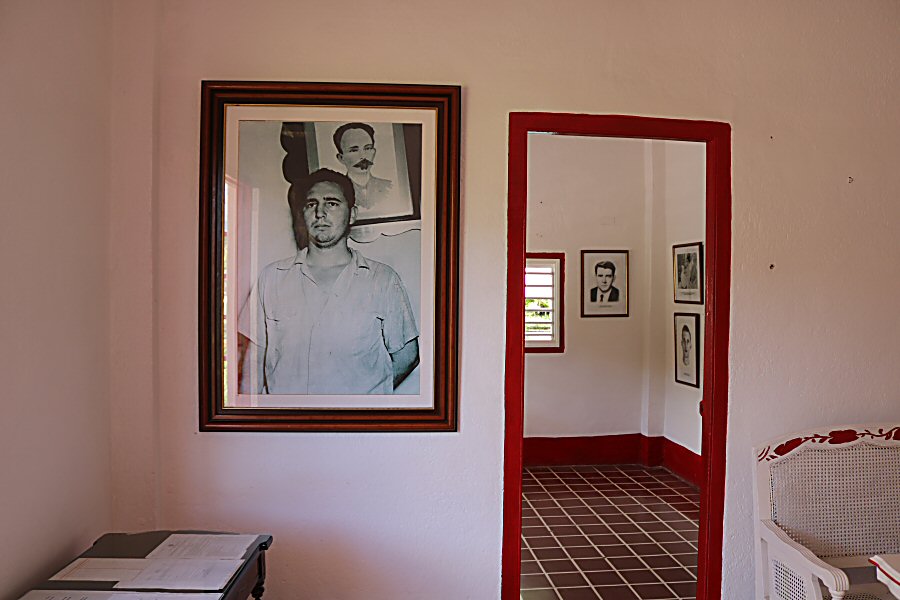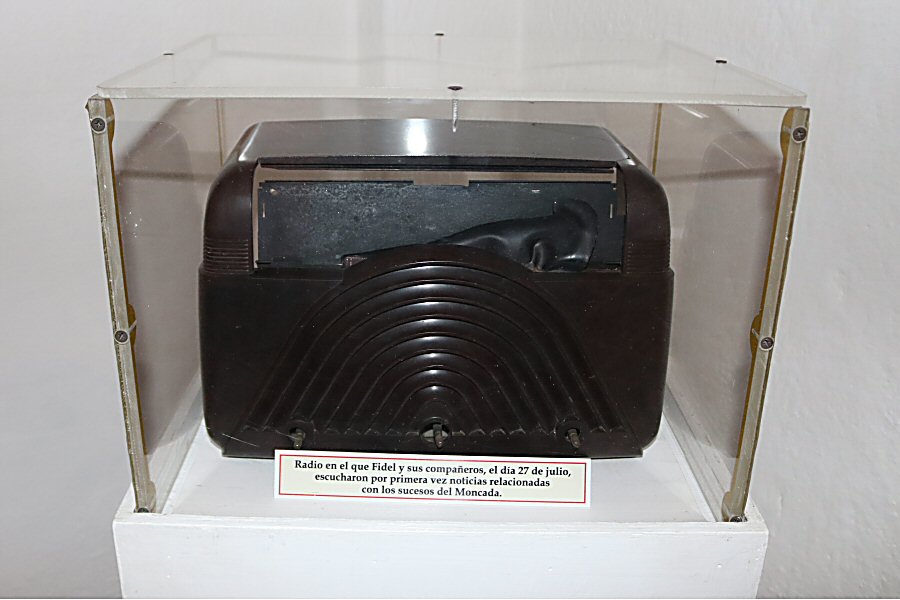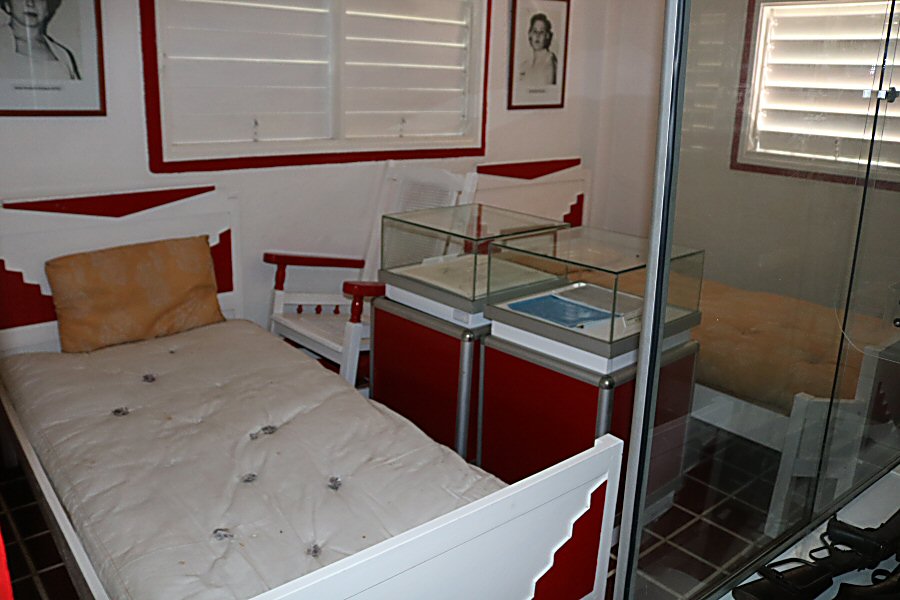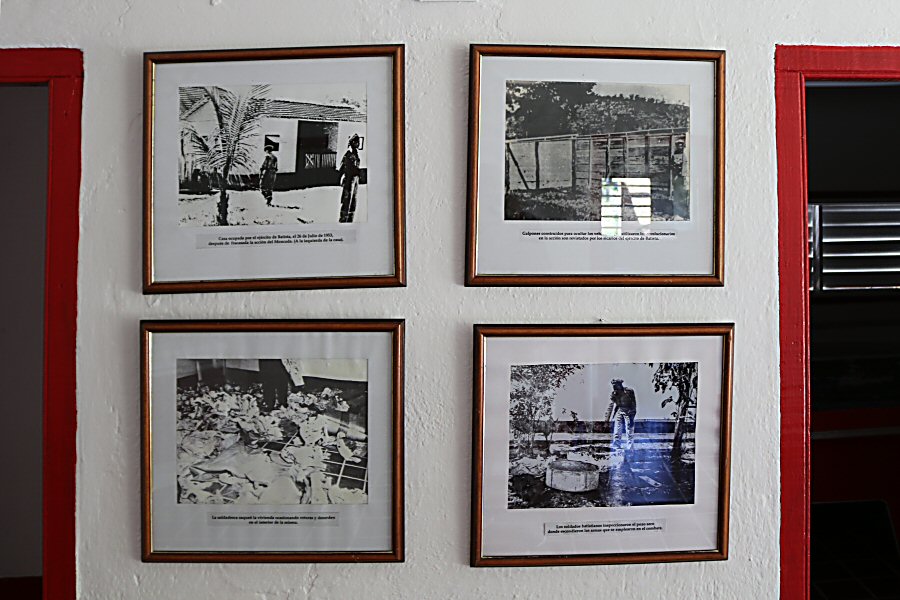Granjita Siboney is located on the road to
the Siboney, 2 km past the La Gran Piedra turn-off (13,5 km far
from Santiago de Cuba).
daily 09:00 - 17:00


Granjita Siboney is the farm that
Fidel Castro and his young rebel group used as their camp before
they attacked the Moncada barracks on July 26, 1953.
The construction of the farmhouse,
named Villa Blanca, dates back to 1945. Its owner was a
santiaguero merchant, José Vázquez Rojas. In April 1953 the farm
was detected by Fidel Castro Ruz and Ernesto Adolfo Tizol
Aguilera that looked for a house with conditions required to
function as the headquarters of the young rebels that would
seize the Moncada barracks. They rent the farm with the pretext
to do business with chicken and made some revisions at the farm
and decorated the area, as if they raised chicken. For example,
they built three chicken coops allegedly to hide the cars that
they would use in the transportation of the rebels and the
weapons to Santiago de Cuba.
After the failure of the assault on
Moncada garrison, several rebels, including Fidel Castro,
escaped to the farm, and decided to continue with the fight
against Batista regime on the closest mountain, on Sierra de la
Gran Piedra. The soldiers of Batista discovered the farmhouse on
the same day, on July 26. They brought 5 corpses from the
Moncada barracks and placed them in the farm in different
positions, as if they were killed here. The façade of the
farmhouse was perforated by machine-gun, simulating a combat.
The rebels that flied to the Sierra de la Gran Piedra received
support from the peasants of the area; unfortunately, on August
1, 1953, Fidel Castro, along with seven companions, was captured
by the soldiers of Batista.
The pretty little red-and-white
house, pockmarked by bullet holes, now holds a museum that was
inaugurated under the name Granjita Siboney in 1965. Due to its
historical importance, it was declared National Monument in
1979.
The museum that presents the elements
of Cuban colonial architecture, has seven exhibition rooms that
allow us to know the details about the preparations before the
assault, the course of the action and its consequences through
photos, newspaper cuttings and panels. Personal objects of the
rebels, car keys, caps, bullets, and rifles are exhibited in the
museum. Some blood-stained uniforms that do not show bullet
holes, thus demonstrating the crimes committed with the youth,
are demonstrated in glass cabinets. You can see the cistern
where the weapons were hidden, and the radio where they heard
the events that they had generated, as well as the car of Abel
Santamaría. The original furniture in white and red is in
harmony with the colors that predominate the house.

